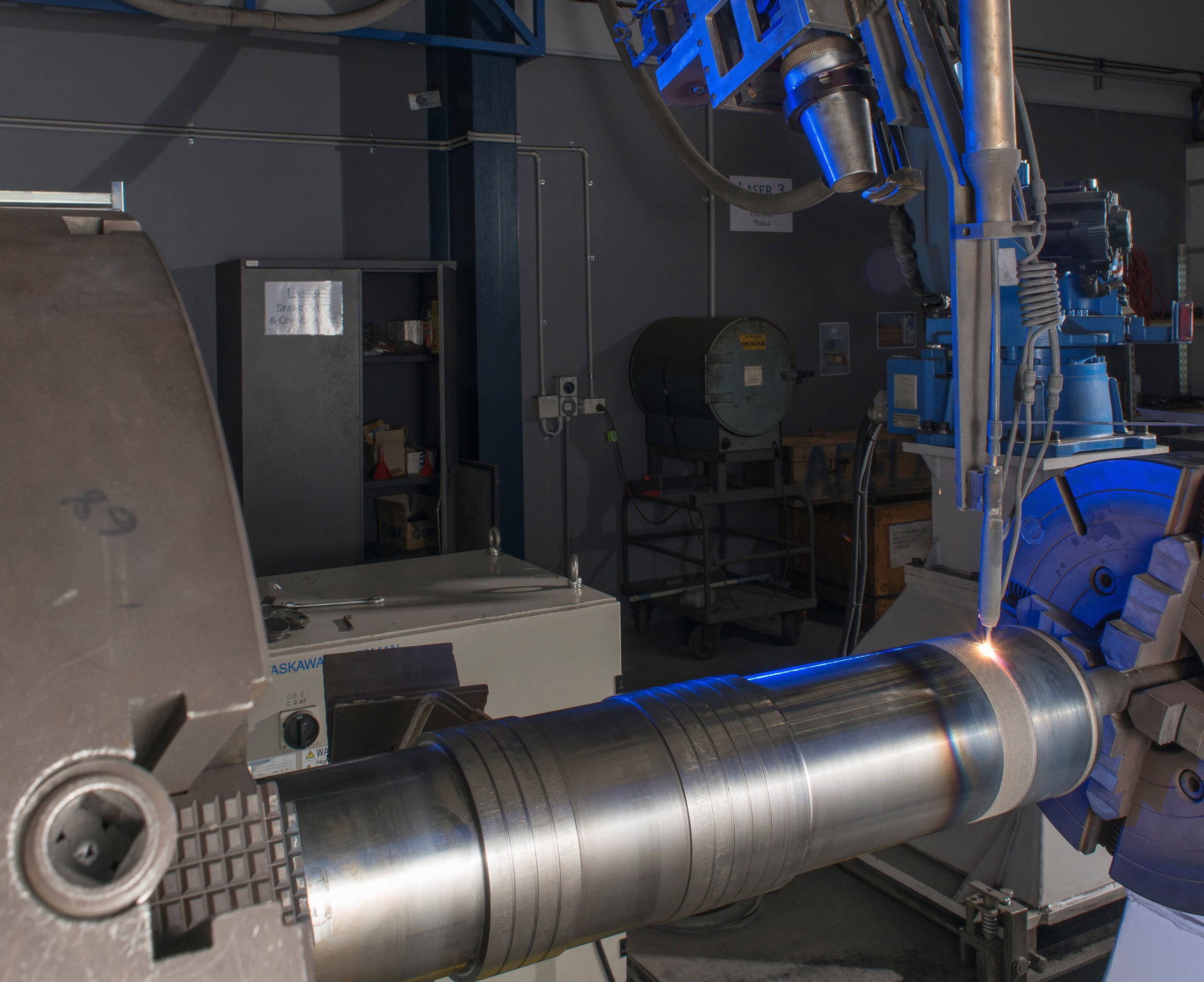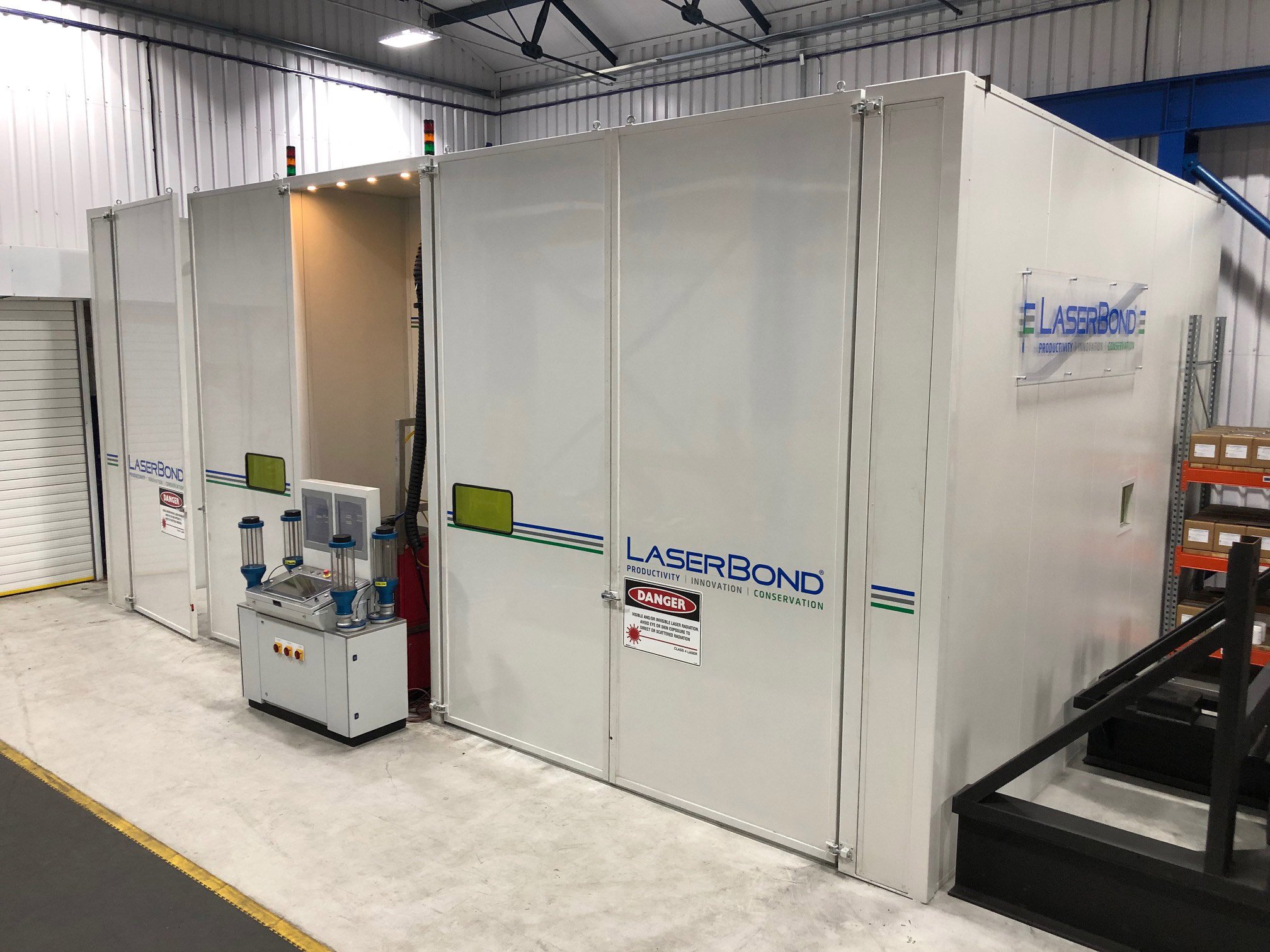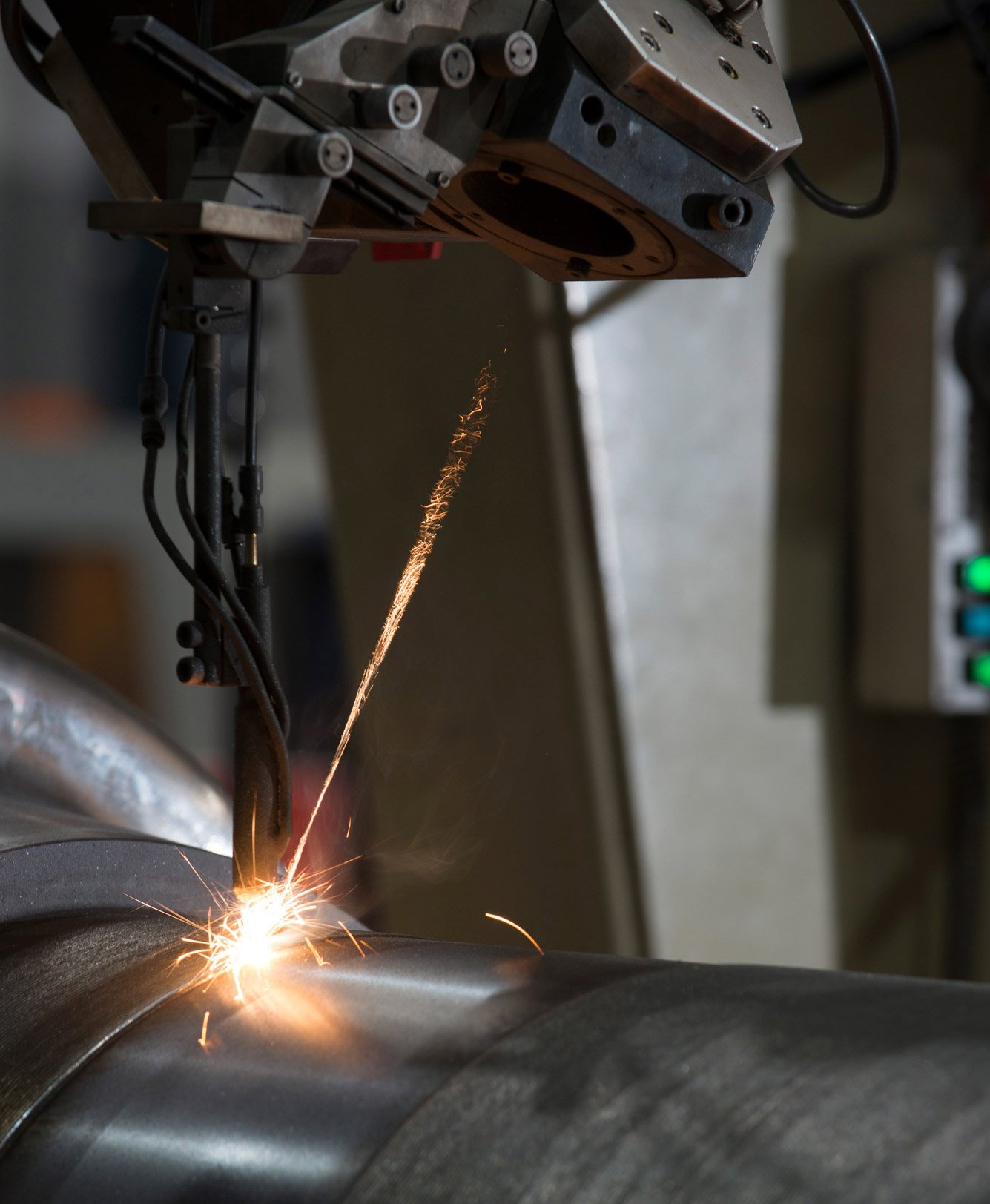Capital-intensive industries rely on plant and equipment performing at peak efficiency, which is often reduced by wear and corrosion of essential components. Laser cladding can be effective in improving the performance and longevity of equipment that is prone to wear and corrosion in industrial environments.
Laser cladding is an additive manufacturing process. It allows the addition of high performance metal or composite layers with a metallurgical bond to new or remanufactured components to provide enhanced protection against wear and corrosion.
The wear of components can have a profound effect on the productivity and total cost of ownership of capital equipment.
Equipment and components are subject to material removal through a number of mechanisms including abrasion, erosion, corrosion, cavitation, heat and impact, and any combinations of these wear mechanisms – therefore a tailored surface metallurgy will extend a component’s life and enhance its performance.
LaserBond is an Australian specialist surface engineering company that has developed innovative laser cladding solutions and systems for use in a range of industries.
The company recognised the value of investing in new technology to improve the productivity of the robotic laser cells used in the laser cladding process.
Simplifying set-up
The drivers for automation vary depending on the application but are commonly focused on improving manufacturing efficiency and productivity. In the case of laser cladding, automation is essential as the process is only possible with the precise control of robotic motion and therefore cannot be conducted manually.
Wayne Hooper CEO LaserBond, explains that, “Every laser cladding job is different, so we really need to have automation systems that are user friendly for operators. They need to be an easy set-up, with clear instructions to safely drive the robot, drive external axes, control the laser and control associated equipment.”
To improve the speed and accuracy of the set-up process for different jobs, LaserBond tasked Rockwell Automation to provide the hardware and systems to assist in the development of user-friendly controls that reduce set-up time, therefore increasing productivity.
The challenge was to make each robotic laser cladding cell easier to operate so the operator can set up each job without having to edit robot code.




